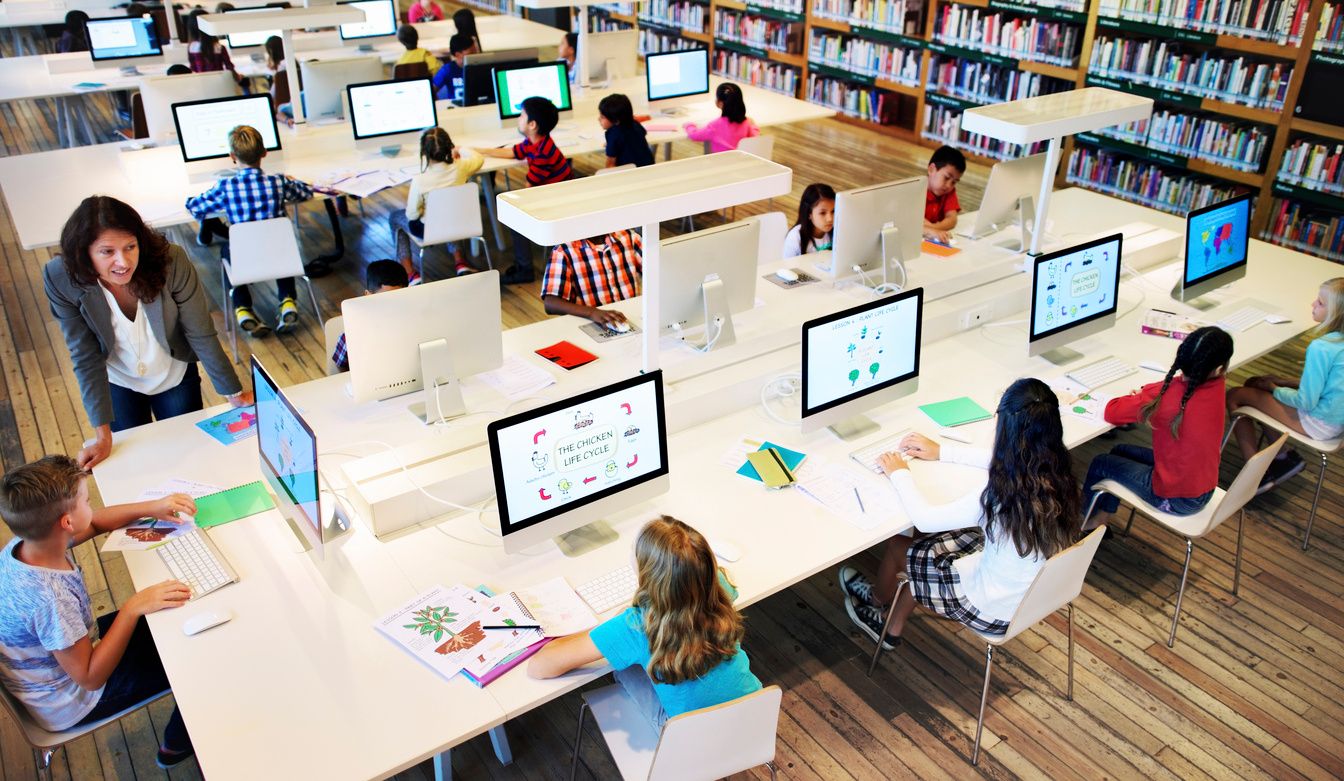Education now-a-days is not just about memorising information or heavily-laden vocabulary, but about solving complex problems in our day-to-day life and being able to collaborate with others in the workforce. Education plays an imperative role in shaping the perspective as well as the future of students. With the rapid advancement in information technology, the traditional curriculum is not able to keep pace with the future unbeknown to us, which keeps on changing more rapidly. Therefore, in order to keep abreast with recent developments, it is essential to bring about a few innovative changes in the field of learning and education.
Let us first understand the meaning of innovation in detail.
In layman’s terms, innovation refers to the act of introducing unprecedented ideas and concept in order to carve a niche for yourself in any field. In order to innovate, it is essential to think out of the box and come up with novel concepts. Innovation is an imperative that helps us in proving our mettle and meeting the challenges posed by today’s competitive era.
Technology has become a ubiquitous term and phenomenon in our lives. It not just impacts the way we shop, communicate, eat, but it also affects the way we acquire knowledge. A few educational institutes have also incorporated technological tools into the classrooms in order to make learning all the more innovating and interesting.
Here is a list of some of the tools that are currently being used in schools/colleges to modernise the concept of education:
Projectors:
Projectors help to create highly organised notes with the help of PPTs. Teachers/educators can use bulleted PPTs and visualise the same by using projectors. Sometimes, in a large classroom, all the students may not be able to see what is written on the laptop screen, that is where projectors come in handy. Since a projector is hooked up to a laptop and the screen is projected on a larger whiteboard, it allows all the students, especially those sitting at the back, to have a vivid and larger version of the laptop screen.
Young children tend to have a shorter span of attention. Using projectors in order to bifurcate a topic into various segments can help students stay focused and learn complex topics effectively.
Mobile Learning:
Mobile devices facilitate taking classroom sessions anywhere. There is a large number of education apps that both teachers and students can use. Educators can sustain a connected classroom experience by using iPad, tablets and various other devices.
Computer Networking:
Networking of computers is an effective way of keeping an eye on the activities of students. The teacher can monitor/track what students are doing on their personal computers via a central point. Computer networking helps to make sure that the students do not deviate from what they have been instructed to do.
Virtual Field Trips:
Virtual field trip is a tool that has completely changed the way students experience the world outside the four walls of a classroom. Google classrooms is a nascent technology that can take students on trips to locations all over the world or even the outer space. Virtual Reality (VR) and Augmented Reality (AR) can also provide the opportunity to see unexplored places or locations the students will perhaps not get to experience.
Video Conferencing:
Video conferencing has made it easier for students, from different geographical locations, to attend to a lecture through online collaboration. With the help of video conferencing, the guest speakers can easily address students via Skype, Google Hangouts, etc.
The idea of modernising education and making it technology-aided has been a contentious topic. However, as more and more educational institutes embraced technology, people accepted the significance of technology in the field of education.
In today’s rapidly changing world, technology has become a need for revolutionising education for the better. Now, let us throw some light upon the ways in which technology has improved education over a period of time:
- Teachers can come together to share their ideas online: With the help of online resources, teachers, across the world, can communicate their ideas, meet the shortcomings of their work, hone their skills and impart knowledge to their students in the best possible manner. This approach is helpful in enhancing teaching skills of educators.
- Teachers and students have access to abundant material: There is a plethora of useful websites available on the Internet that both students and teachers can access to gain knowledge on various topics. The Internet does not circumscribe students by way of opinions and perspectives, rather it helps them shape their own perspectives free from any biases.
- Students can develop useful research skills at a young age: Technology provides students with a quick access to plenty of quality information which results in a relatively fast-paced learning.
Technology, coupled with innovation, plays a vital role in creating an interactive learning environment. Integrating technology in a classroom in an appropriate manner paves way for effective learning. However, it is essential to note that technology, in no way, can substitute teachers/educators, instead it is a mere tool for both students and teachers, which optimises traditional learning by complementing it to enhance knowledge and practice for the subject at hand.





